Age-Related Macular Degeneration (AMD)
Introduction
At The Retina Clinic London, located in the prestigious Harley Street Health District, we specialise in the diagnosis and treatment of Age-Related Macular Degeneration (AMD). AMD is a progressive eye condition that affects the macula—the central part of the retina responsible for sharp and detailed vision. It is one of the leading causes of vision loss in adults over 50 and can make everyday activities, such as reading, driving, and recognising faces, more challenging.
While AMD primarily develops as a result of ageing, other risk factors such as genetics, smoking, and diet may increase the likelihood of developing the condition. AMD is classified into two main types:
- Dry AMD (Non-Exudative): The more common form, which progresses gradually and is caused by the accumulation of drusen—yellow deposits under the retina.
- Wet AMD (Exudative): A less common but more aggressive form involving abnormal blood vessel growth, leakage, and scarring, which can result in rapid vision loss if not treated promptly.
Symptoms of AMD
AMD symptoms vary depending on the type and stage of the disease. They may include:
- Blurring or distortion in central vision.
- Straight lines appearing wavy or bent.
- Dark spots or gaps in central vision.
- Difficulty adapting to changes in lighting conditions.
- Diminished vibrancy of colours.
Symptoms progress gradually with Dry AMD, but with Wet AMD, they can develop suddenly, requiring urgent treatment.
Diagnostic Tools We Use
- High-Resolution Macula Optical Coherence Tomography (OCT): This high-resolution imaging tool provides detailed cross-sectional images of the retina and macula. It is essential for detecting early damage to photoreceptors and the retinal pigment epithelium (RPE), key markers of AMD.
- Ultrawidefield Fluorescein Angiography (FFA) and Indocyanine Green Angiography (ICG):
– FFA highlights abnormal blood vessels and leakage beneath the retina, helping to diagnose and monitor Wet AMD.
–ICG visualises blood flow in the deeper choroidal vessels, assisting in the diagnosis of conditions such as polypoidal choroidal vasculopathy (PCV). - Artificial Intelligence (AI) Imaging Analysis:
– AI algorithms detect early signs of geographic atrophy (GA) in Dry AMD by analysing photoreceptor degeneration and RPE loss.
– AI also objectively tracks fluid levels in Wet AMD, ensuring precise monitoring of disease progression and response to treatment, such as anti-VEGF injections.
Private Dry-AMD Screening Service
For patients with early, intermediate or late-stage (Geographic Atrophy) Dry AMD, we offer a Dry-AMD Screening Service. This specialised service allows for:
- Early Detection: Identifying Dry AMD in its initial stages, even before symptoms appear.
- Monitoring Disease Progression: Tracking the transition to geographic atrophy (GA) using advanced imaging tools and AI analysis.
- Personalised Care: Ensuring timely advice, lifestyle modifications, and interventions to manage the condition effectively.
Learn more about this specialised service by visiting our Dry AMD Screening page.
Treatment Options for AMD
We offer tailored treatments for both Dry AMD and Wet AMD, depending on the type and stage of the condition:
Dry AMD
- Early and Intermediate Stages:
- Lifestyle Modifications: Maintaining a healthy diet, protecting your eyes from UV light, and avoiding smoking can help slow progression.
- Nutritional Supplements: Supplements rich in lutein, zeaxanthin, vitamins C and E, and zinc may reduce the risk of progression.
- Photobiomodulation: This is a non-invasive light therapy that stimulates cellular repair and improves mitochondrial function in retinal cells. The therapy uses low-level red, near-infrared, and yellow light to reduce oxidative stress and inflammation in the retina.
It has shown promise in slowing the progression of early and intermediate Dry AMD, delaying the onset of late-stage GA in some patients. - Late Stage (Geographic Atrophy – GA):
- Clinical Trials: We provide access to investigational therapies that aim to slow disease progression or preserve vision.
Wet AMD
Treatment for Wet AMD focuses on halting abnormal blood vessel growth and preventing leakage. Options include:
- Anti-VEGF Injections:
These injections are the gold standard for managing Wet AMD. At our clinic, we offer a range of anti-VEGF options, including: - Faricimab (Vabysmo)
- Aflibercept (Eylea)
- Ranibizumab (Lucentis)
- Bevacizumab (Avastin)
- Our consultants will work with you to determine the most suitable treatment based on your condition and medical history, ensuring personalised care.
- Laser Therapy:
Used selectively to target and seal leaky blood vessels, helping to stabilise vision in specific cases. - Ongoing Monitoring:
Regular imaging and assessments are essential to track response to treatment and adjust care plans as needed to maintain the best possible outcomes.
Why Choose The Retina Clinic London?
- World-Leading Expertise: Our team, led by Professor Paulo Stanga, is at the forefront of retinal care and AMD treatments, offering unparalleled experience and expertise.
- Advanced Imaging and AI Integration: We combine cutting-edge imaging technologies, such as high-resolution macula OCT and ultrawidefield angiography, with AI-driven analysis for precise diagnosis and monitoring.
- Access to Exclusive Treatments: We provide access to innovative therapies like Syfovre and clinical trials, ensuring our patients benefit from the latest advancements in AMD management.
- Personalised Care: Our bespoke approach focuses on tailored consultations, flexible appointments, and ongoing support to meet every patient’s individual needs.
- Comprehensive Screening Services: Our Private Dry-AMD Screening Service ensures precise diagnosis and monitoring, giving patients peace of mind and access to timely interventions.
- Convenient Location: Situated in the Harley Street Health District, we offer a welcoming, professional environment with short waiting times and expert care.
Take Control of Your Vision
AMD can be managed effectively with early detection and timely treatment. If you are experiencing symptoms or have been diagnosed with AMD, contact The Retina Clinic London today to schedule a consultation or learn more about our screening and treatment options.
For appointments, call +44 (0)20 4548 5310 or email info@theretinacliniclondon.com.
